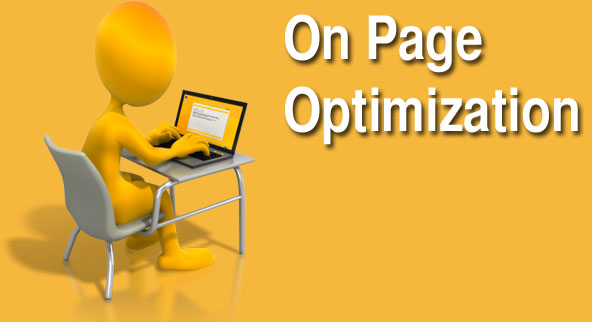Panda and Penguin updates have struck many website owners without warning and some of them are struggling to regain their former positions. There are many things we could do to address this situation and one of them is by performing various on-page techniques.
To get more fans, Buy Facebook Fans an efficient strategy at a very reasonable cost to bypass the time required to acquire fans by sheer effort. This also leaves you more time to focus on posting quality content.
1. Website Analysis
Analysis is an essential part of any on-page optimization and can even be considered as the backbone of any optimization process. In general, we should make sure that the website is structurally free from error, for the sake of websites owners, search engines and visitors. As an example, the layout should be designed appropriately to make sure that it is easy to identify and locate valuable information. Products and services should be graded and categorized appropriately. HTML source code should be checked, to make sure CSS, JavaScript and other related codes are efficient and error-free. Other thing to do is navigation analysis, website load time test and various link tests.
2. Keyword Analysis
Although defining most relevant keywords for our niche is very easy to do, we could unintentionally neglect important keyphrases. Visitors often use combination of keywords to get more accurate and refined results. There are tools that allow us to define popular keyphrases that users often use.
3. URL Analysis
URL is an essential element in any SEO task, because it typically contains our main keyword and another descriptive keyword, such as geographical location and variants of our products and services. In general, defining the structure of our keyword could be performed only before we purchase the website name.
4. Content Analysis
In general, content is the flesh of our website and it contains the bulk of information that visitors seek. Therefore, we should make sure that content is relevant enough for users of specific niche. Content should contain about 3 percent of keyword density. It means that in a 1000-word article, the main keyword should be mentioned about 30 times. Although this may not affect the ranking, we should also use proper text formatting to catch user attention.
5. Image Analysis
At the moment, Google still doesn’t have the technology to read image, so we should make sure that our image is SEO-friendly. The image should be named relevantly, preferably with our main keyword and very brief description of objects that are shown. We should also add proper Alt attribute to the image and this offers another way for Google and other search engines to comprehend our images.
6. Category Analysis
Categorization can help us organize content and make it easier for visitors to locate content. Rather optimizing pages separately, we need to work with specific keyphrases. The name of categories and sub-categories should contain main keywords that define the products, services and content. We could choose generic phrases, so the navigation can be well optimized.
7. Contact Information Analysis
This is very essential for companies with physical representations, such as stores, manufacturing facilities and other real-life services, including lawyers and doctors. Optimizing the Contact Us page should be very easy to do and we could add name, address, phone numbers, fax numbers, email, instant messaging IDs, social media IDs and others.
















